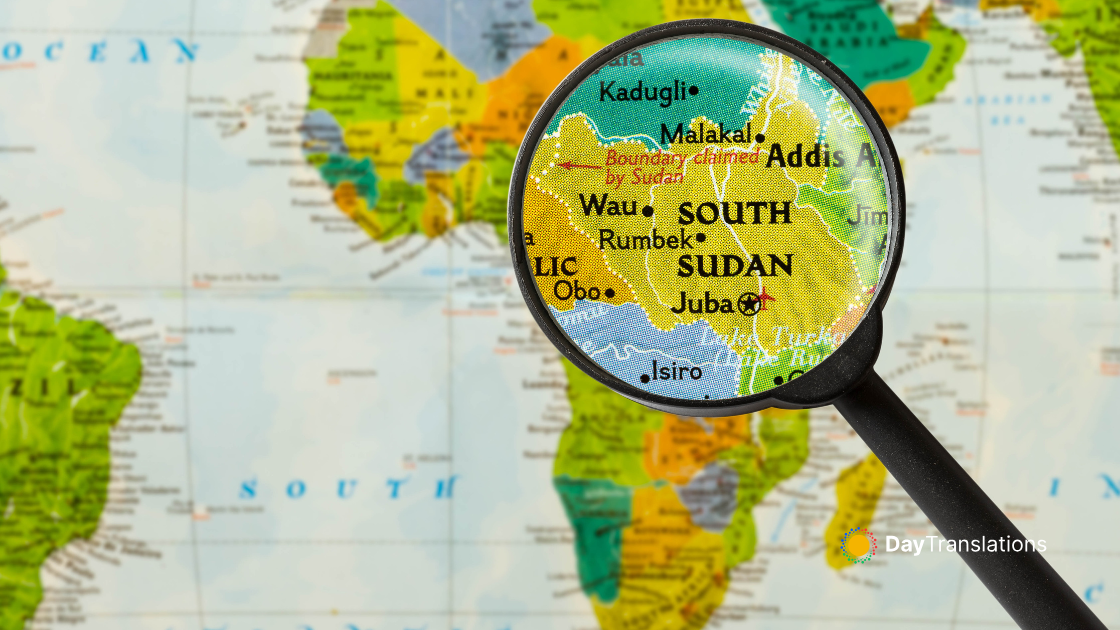South Africa is located at the southern tip of the continent of Africa. It is bordered by the Atlantic Ocean on the west, the Indian Ocean on the south and east. Along its northern border, from west to east, lie Namibia, Botswana, and Zimbabwe, and to the northeast are Mozambique and Swaziland, while the Kingdom of Lesotho is an independent enclave surrounded by South African territory.
In many medical disciplines, South Africa is a global leader. In fact, South African trained doctors are sought after all over the world. South Africa is a global competitor also in the international pulp and paper industry, being the economic hub of Africa.
:: Background of South Africa ::
Dutch traders landed at the southern tip of modern day South Africa in 1652 and established a stopover point on the spice route between the Netherlands and the East, founding the city of Cape Town. After the British seized the Cape of Good Hope area in 1806, many of the Dutch settlers (the Boers) trekked north to found their own republics. The discovery of diamonds (1867) and gold (1886) spurred wealth and immigration and intensified the subjugation of the native inhabitants. The Boers resisted British encroachments but were defeated in the Boer War (1899-1902); however, the British and the Afrikaners, as the Boers became known, ruled together under the Union of South Africa. In 1948, the National Party was voted into power and instituted a policy of apartheid – the separate development of the races. The first multi-racial elections in 1994 brought an end to apartheid and ushered in black majority rule.
South Africa is very culturally diverse, there is no single culture. There is great diversity in their cuisine, music, and even sports. Among their unique cultural symbols is the vuvuzela, also known as a blowing horn. This instrument became popular in the 1900s, and is blown by crowds of fans during football matches. When blown this instrument makes a monotonous sound similar to a deep foghorn or an elephant. This instrument has brought about some controversy as being distracting to the players and coaches during the football matches, but up to this day they continue to be played at the stadiums as some believe this instrument to carry roots in African history.
In this Country Profile
:: Geography of South Africa ::
Location: Southern Africa, at the southern tip of the continent of Africa
Geographic coordinates: 29 00 S, 24 00 E
Area:
total: 1,219,912 sq km
land: 1,219,912 sq km
water: 0 sq km
note: includes Prince Edward Islands (Marion Island and Prince Edward Island)
Area – comparative: slightly less than twice the size of Texas
Land boundaries: total: 4,862 km
border countries: Botswana 1,840 km, Lesotho 909 km, Mozambique 491 km, Namibia 967 km, Swaziland 430 km, Zimbabwe 225 km
Maritime claims: territorial sea: 12 nm
contiguous zone: 24 nm
exclusive economic zone: 200 nm
continental shelf: 200 nm or to edge of the continental margin
Climate: mostly semiarid; subtropical along east coast; sunny days, cool nights
Terrain: vast interior plateau rimmed by rugged hills and narrow coastal plain
Elevation extremes:
lowest point: Atlantic Ocean 0 m
highest point: Njesuthi 3,408 m
Natural resources: gold, chromium, antimony, coal, iron ore, manganese, nickel, phosphates, tin, uranium, gem diamonds, platinum, copper, vanadium, salt, natural gas
Land use:
arable land: 12.1%
permanent crops: 0.79%
other: 87.11% (2005)
Natural hazards: prolonged droughts
Environment – current issues: lack of important arterial rivers or lakes requires extensive water conservation and control measures; growth in water usage outpacing supply; pollution of rivers from agricultural runoff and urban discharge; air pollution resulting in acid rain; soil erosion; desertification.
Environment – international agreements: party to: Antarctic-Environmental Protocol, Antarctic-Marine Living Resources, Antarctic Seals, Antarctic Treaty, Biodiversity, Climate Change, Climate Change-Kyoto Protocol, Desertification, Endangered Species, Hazardous Wastes, Law of the Sea, Marine Dumping, Marine Life Conservation, Ozone Layer Protection, Ship Pollution, Wetlands, Whaling.
:: People of South Africa ::
Population: 48,782,756
note: estimates for this country explicitly take into account the effects of excess mortality due to AIDS; this can result in lower life expectancy, higher infant mortality, higher death rates, lower population growth rates, and changes in the distribution of population by age and sex than would otherwise be expected (July 2008 est.)
Age structure:
0-14 years: 29.2% (male 7,147,151/female 7,120,183)
15-64 years: 65.5% (male 16,057,340/female 15,889,750)
65 years and over: 5.3% (male 1,050,287/female 1,518,044) (2008 est.)
Median age:
total: 24.2 years
male: 23.8 years
female: 24.6 years (2008 est.)
Population growth rate: 0.828% (2008 est.)
Birth rate: 20.23 births/1,000 population (2008 est.)
Death rate: 16.94 deaths/1,000 population (2008 est.)
Net migration rate: 4.98 migrant(s)/1,000 population
note: there is an increasing flow of Zimbabweans into South Africa and Botswana in search of better economic opportunities (2008 est.)
Sex ratio:
at birth: 1.02 male(s)/female
under 15 years: 1 male(s)/female
15-64 years: 1.01 male(s)/female
65 years and over: 0.69 male(s)/female
total population: 0.99 male(s)/female (2008 est.)
Infant mortality rate:
total: 45.11 deaths/1,000 live births
male: 49.47 deaths/1,000 live births
female: 40.65 deaths/1,000 live births (2008 est.)
Life expectancy at birth:
total population: 48.89 years
male: 49.63 years
female: 48.15 years (2008 est.)
Total fertility rate: 2.43 children born/woman (2008 est.)
HIV/AIDS – adult prévalence rate: 21.5% (2003 est.)
HIV/AIDS – people living with HIV/AIDS: 5.3 million (2003 est.)
HIV/AIDS – deaths: 370,000 (2003 est.)
Nationality: noun: South African(s) adjective: South African
Ethnic groups: black African 79%, white 9.6%, colored 8.9%, Indian/Asian 2.5% (2001 census)
Religions: Zion Christian 11.1%, Pentecostal/Charismatic 8.2%, Catholic 7.1%, Methodist 6.8%, Dutch Reformed 6.7%, Anglican 3.8%, Muslim 1.5%, other Christian 36%, other 2.3%, unspecified 1.4%, none 15.1% (2001 census)
Languages: IsiZulu 23.8%, IsiXhosa 17.6%, Afrikaans 13.3%, Sepedi 9.4%, English 8.2%, Setswana 8.2%, Sesotho 7.9%, Xitsonga 4.4%, other 7.2% (2001 census)
Literacy:
definition: age 15 and over can read and write
total population: 86.4%
male: 87%
female: 85.7% (2003 est.)

Sorry, the comment form is closed at this time.